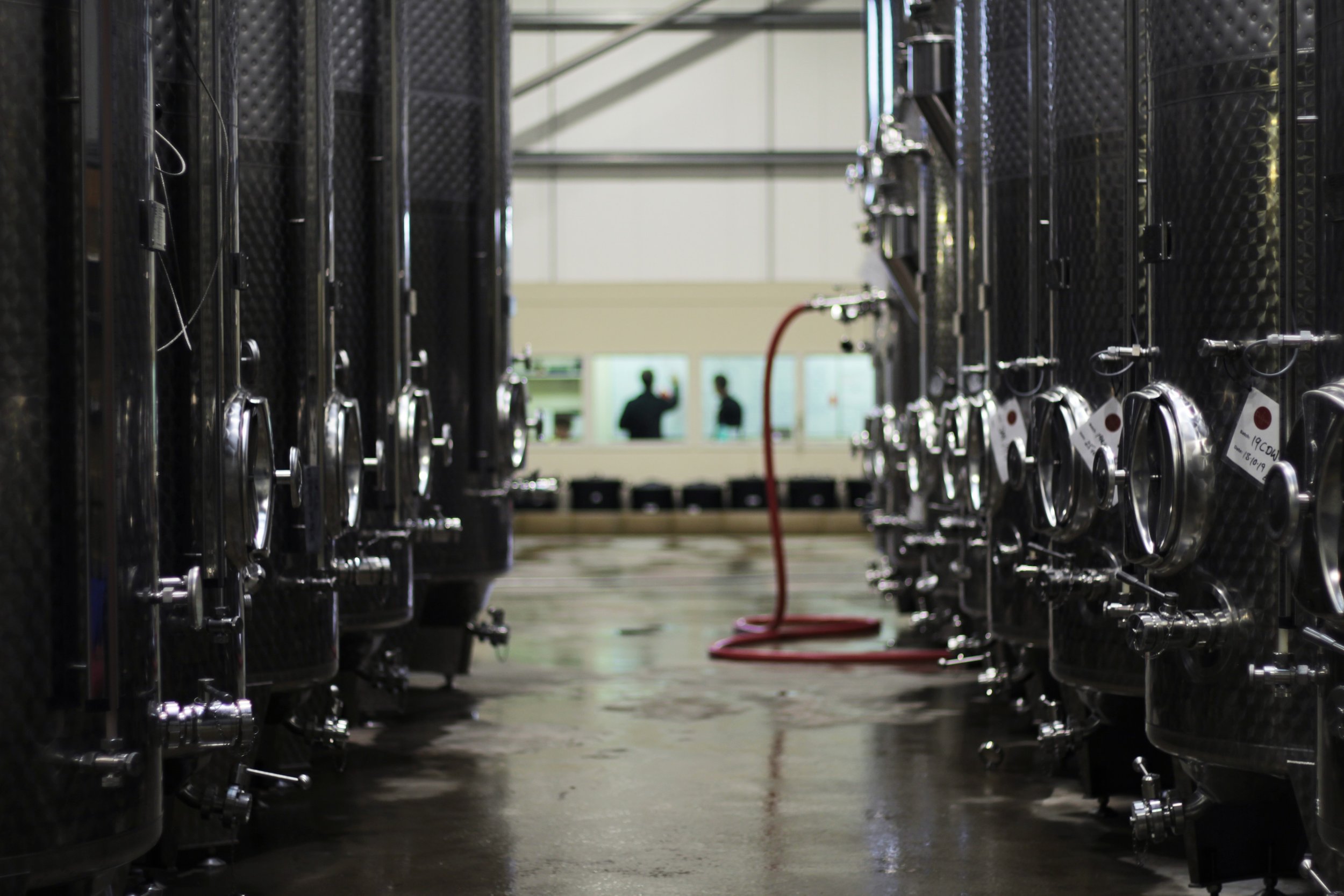A Handy Guide to Winemaking Terms!
Our latest release wines are in the final stages of production, and we thought it would be a good time to de mystify some complex winemaking terms! Here, we break down some of the most common terms you might hear on a tasting or when buying wine.
Barrel Fermentation
Fermentation can take place in stainless steel tanks, or in oak barrels. Stainless steel is a neutral vessel, meaning it doesn’t impart any flavours into the wines. All of our 2021 vintage wines have been fermented in steel tanks, to create fresh wines bursting with fruit character. The exception is our 2021 vintage Chardonnay, which will have approximately 6 months in oak. Oak will impart some flavour depending on the age, we have used a combination of 3rd and 4th fill barrels so the end result will be subtle, and well rounded.
Malolactic fermentation
This year, we have used malolactic fermentation in our 2021 vintage Chardonnay, but what does that mean?
Malic acid is in all wines, in fact, it’s found in most fruits and berries. When well balanced with natural sugars and fruit flavours, malic acid provides brilliant ‘green apple’ acidity to wines. However, too much can make wine taste sour. In cooler climates such as the UK, we use a process called malolactic fermentation to convert some of the malic acid into lactic acid, using a specific kind of ‘good bacteria’. Lactic acid is the acid found in dairy products like butter and cream. This conversion helps soften acidity in the wines leaving a much smoother, well balanced and sometimes even ‘creamy’.
Sussreserve
Pronounced “Sue – Reserve”. In simple terms, this is a portion of unfermented grape juice that is added to wine as a sweetening component. We have used sussreserve to create our Pinot Meunier Hedgerow Rosé 2021, to give it an off dry finish.
Dry, Off Dry and Residual Sugar
When we ferment grape juice into wine, we are using yeast to convert the natural sugars present into alcohol. Residual sugar is the amount of sugar left in the finished wine after fermentation. We measure residual sugar in grams per litre.
In order to create an off dry wine we can use two different methods- we could halt fermentation early so the yeast doesn’t convert all the sugar into alcohol, leaving some natural sweetness in the wine, but we would have a lower ABV. Alcohol contributes to the overall mouthfeel and ‘fullness’ of a wine. So to create our Pinot Meunier Hedgerow Rosé, we use an alternate method: We ferment to a dry wine (very little residual sugar left) and then add in some sussreserve at the end of the winemaking process to create the required level of sweetness. We’ve added a useful table below as a guide.
Of course, winemaking is all about getting the perfect balance between fruit flavours, acidity and sugars. We are so excited to share our new release wines with you this spring! If you enjoy learning more about wines, and still wine production in the UK, please do check out our tours page and come and visit us!!



